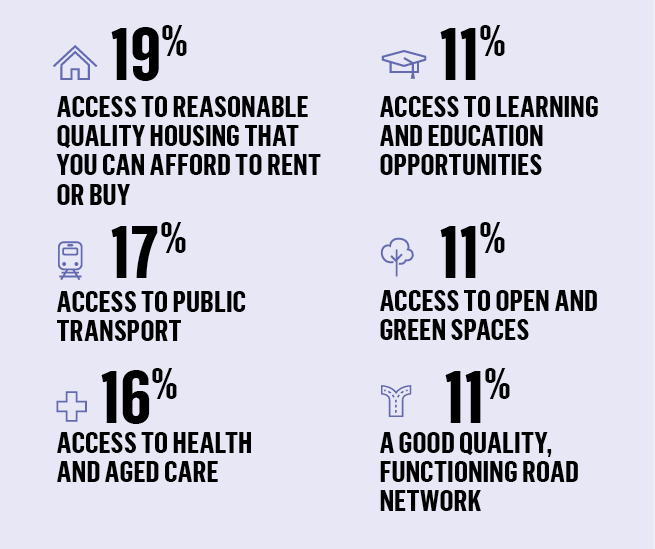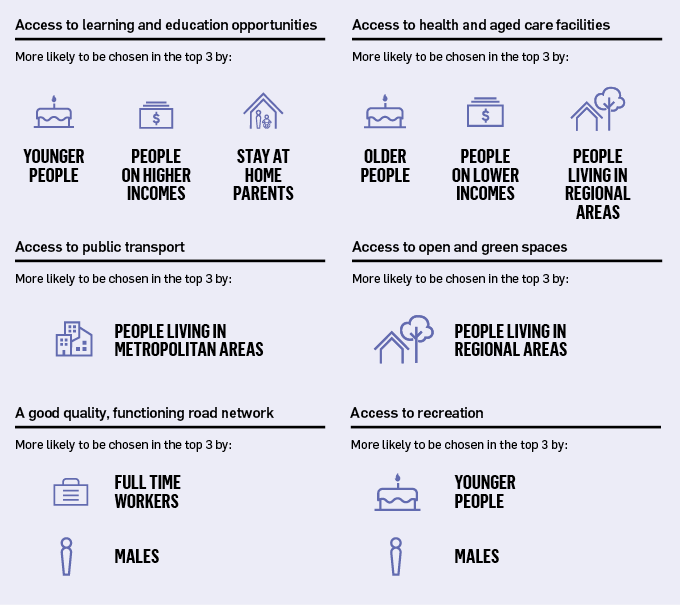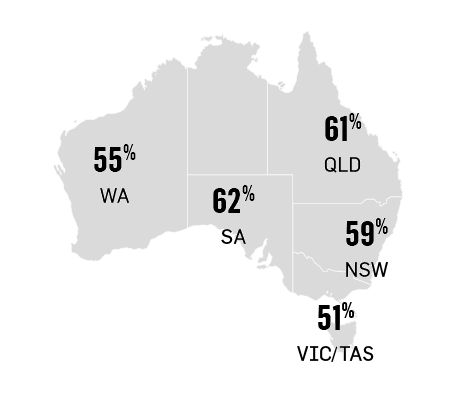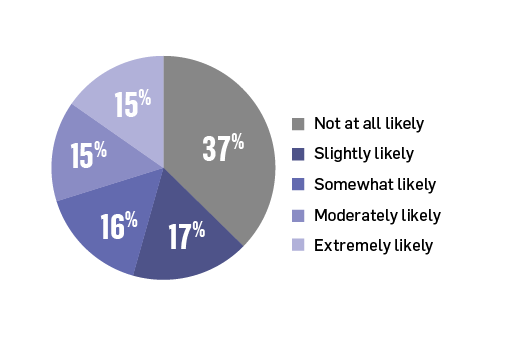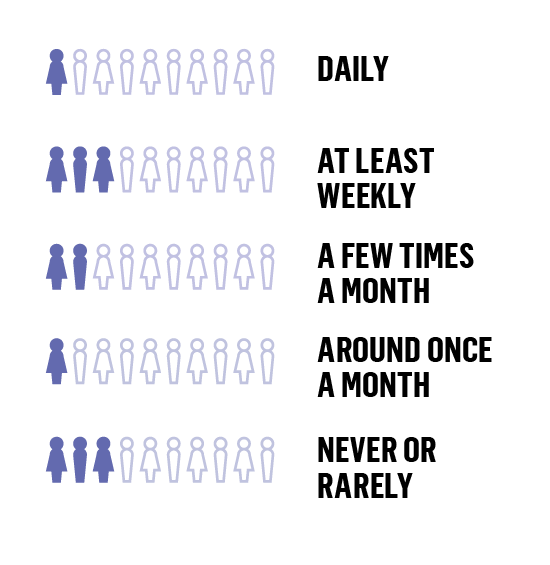There has never been a more opportune or exciting time to talk about liveability. Urbis used data from the ORU Omnibus Survey which draws upon their panel of Australian consumers. The survey included panel members from all Australian states and territories, including metropolitan and regional areas.
Community infrastructure makes a key contribution to liveability and the survey results suggestthe importance of planning, designing and delivering community infrastructure in a way that is tailored to local context and population needs.
“Liveable vibrant cities.. are an absolute key priority of every level of government
Malcolm Turnbull, 2015

